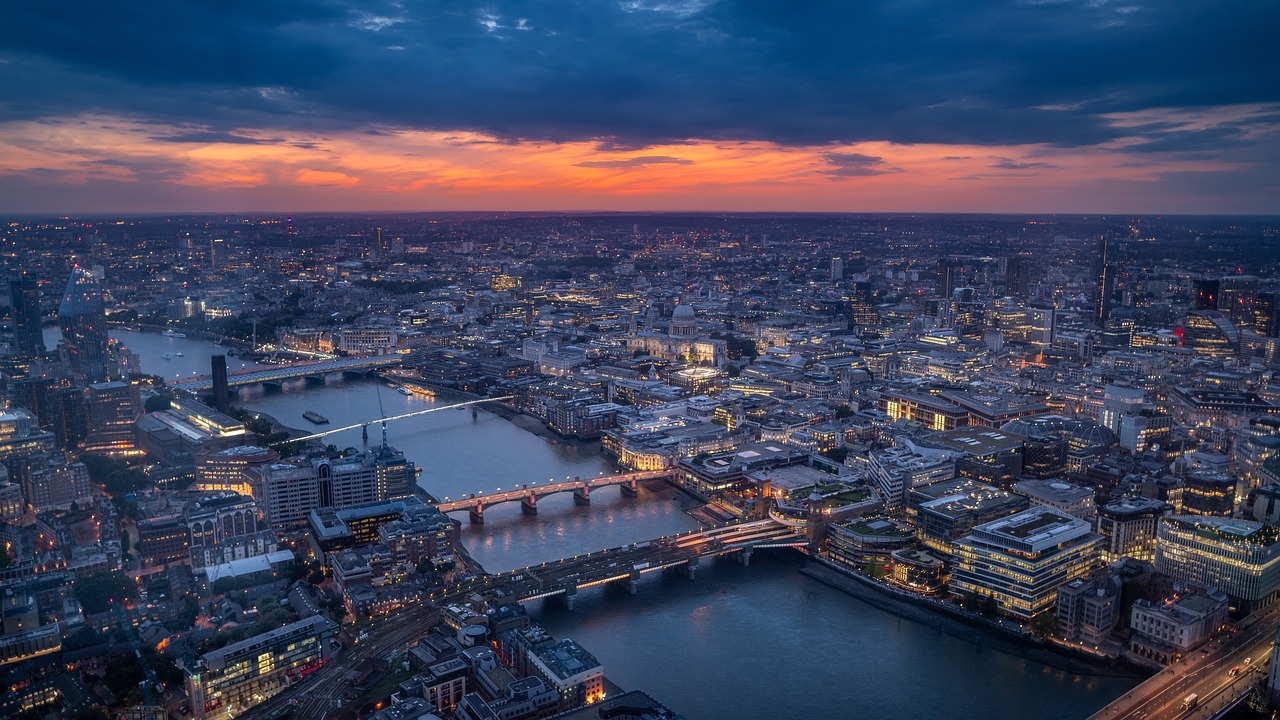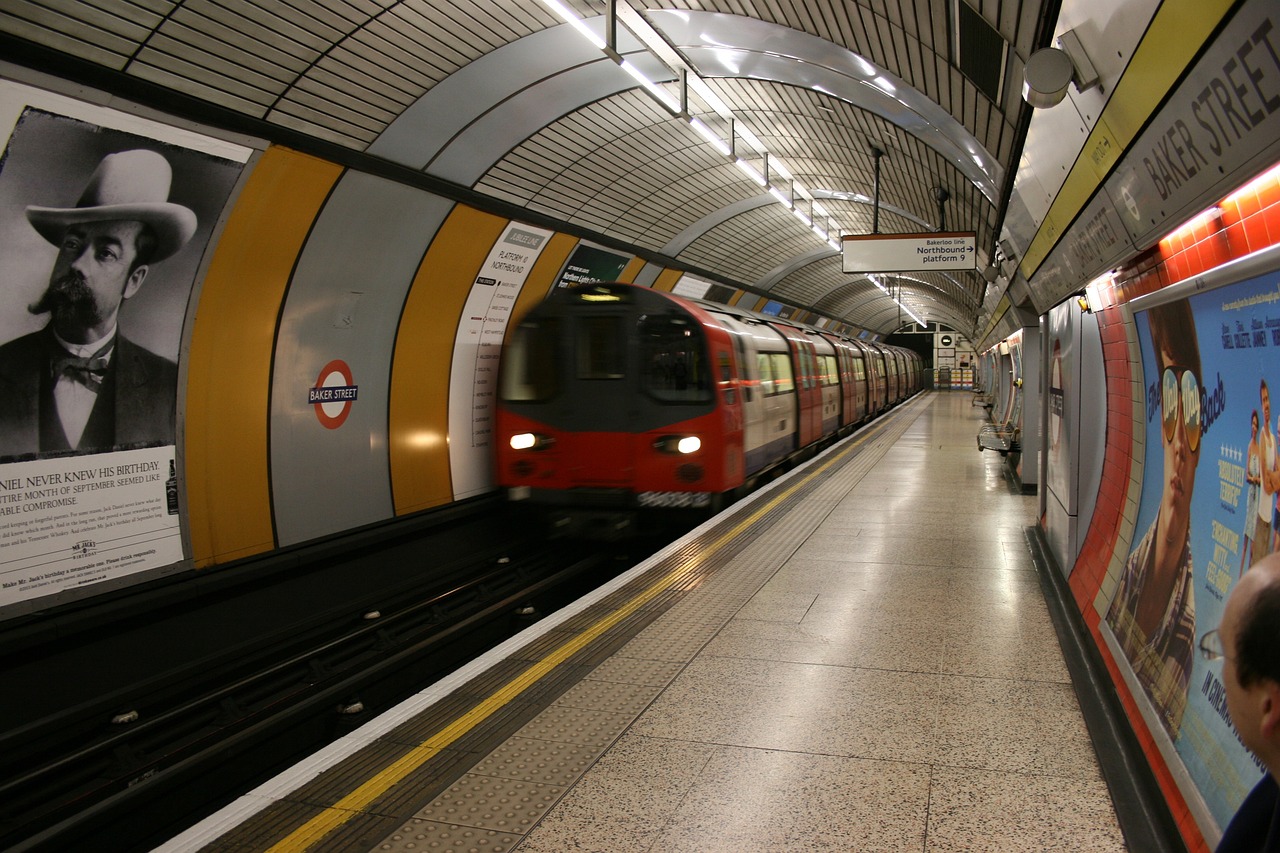Sustainability and Climate Change in London
Sustainability and climate change have become central concerns for businesses worldwide, and London is no exception. As the impacts of climate change grow more pronounced, companies in London are increasingly prioritizing sustainable practices, recognizing that their long-term success hinges on their ability to adapt and contribute to the global fight against environmental degradation. This shift towards sustainability is not just a response to growing environmental awareness among consumers but also a strategic move to align with regulatory requirements and capitalize on the opportunities presented by the green economy.
Reducing carbon footprints is at the heart of this transformation. Businesses are undertaking various initiatives, such as adopting renewable energy sources, improving energy efficiency, and minimizing waste. These efforts are not only reducing their environmental impact but also leading to cost savings and improved operational efficiencies. The transition to renewable energy, for instance, is helping businesses cut down on energy costs, while also reducing their dependence on fossil fuels.
The integration of green technologies is another crucial aspect of this shift. From advanced energy management systems to sustainable materials and processes, technology is playing a pivotal role in enabling businesses to operate more sustainably. These technologies not only help in reducing emissions but also enhance productivity and innovation. For example, the use of blockchain in supply chain management is improving transparency and enabling the tracking of sustainable practices from source to sale.
Adhering to environmental regulations is also a significant driver for sustainability in London’s business community. The UK’s commitment to achieving net-zero emissions by 2050 has led to the introduction of various policies and regulations aimed at reducing the environmental impact of businesses. Companies are, therefore, investing in sustainability to comply with these regulations, avoid penalties, and benefit from incentives for green practices.
The drive towards net-zero emissions is reshaping business operations, supply chains, and product offerings. Companies are reevaluating their supply chains to ensure sustainability, opting for suppliers who prioritize environmental responsibility. This not only helps in reducing the overall carbon footprint but also meets the growing consumer demand for sustainable products. Moreover, businesses are innovating their product offerings to reduce environmental impact, such as developing products that are more durable, recyclable, or made from sustainable materials.
In conclusion, the focus on sustainability and climate change is transforming the business landscape in London. By reducing carbon footprints, integrating green technologies, and adhering to environmental regulations, businesses are not only contributing to the global fight against climate change but also positioning themselves for long-term success in an increasingly environmentally conscious market. The drive towards net-zero emissions is not just a moral imperative but also a strategic opportunity for businesses to innovate, differentiate, and thrive in the green economy.
When comparing London to other cities regarding climate change actions and sustainability efforts, several factors come into play, such as policy implementation, carbon reduction targets, green space availability, public transportation systems, and community engagement. London, with its ambitious climate action plans, offers an interesting case study in urban sustainability and climate resilience. However, its efforts and challenges can be contrasted with those of other major cities worldwide.
Policy Implementation and Innovation
London has been proactive in implementing policies aimed at reducing carbon emissions and promoting sustainability. The city’s commitment to achieving net-zero carbon emissions by 2050 is a testament to its ambition. London has introduced measures such as the Ultra Low Emission Zone (ULEZ) to reduce air pollution, extensive cycling routes, and significant investments in public transportation.
Comparatively, cities like Copenhagen and Amsterdam are often hailed as pioneers in sustainability, largely due to their comprehensive cycling infrastructure, commitment to renewable energy, and ambitious carbon reduction targets. Copenhagen aims to become carbon neutral by 2025, focusing on green mobility, energy efficiency, and renewable resources.
Green Space and Environment
London boasts numerous parks and green spaces, with initiatives to increase urban greenery and promote biodiversity. The Queen’s Green Canopy initiative, for example, encourages tree planting across the city.
Cities like Singapore, known as the “Garden City,” have integrated nature into urban development, focusing on green buildings, vertical gardens, and extensive parks. Tokyo also emphasizes green space, with policies aimed at increasing accessible green areas for its residents.
Public Transportation and Mobility
London’s extensive public transport network, including buses, the Underground, and trains, plays a significant role in its climate action strategy. Efforts to electrify the bus fleet and promote electric vehicle (EV) use are part of London’s plan to reduce transport-related emissions.
In contrast, cities like Paris and Berlin are also advancing in sustainable transport, with Paris aiming to expand its cycling lanes and reduce car usage significantly, and Berlin investing in electric mobility and enhancing its already efficient public transportation system.
Community Engagement and Global Leadership
London engages its communities in sustainability efforts through initiatives like the London Environment Strategy. The city also plays a significant role in international climate dialogue, hosting events and participating in global networks focused on urban sustainability.
Other cities, such as San Francisco and Vancouver, excel in community engagement, with policies supported by strong public participation and initiatives encouraging sustainability at the community level. Vancouver’s Greenest City 2020 Action Plan, for instance, set forth a wide-ranging agenda to make it the world’s greenest city through community-driven projects.
Conclusion
While London is making significant strides in addressing climate change and promoting urban sustainability, it faces its own set of challenges and opportunities for improvement. The city’s efforts in policy implementation, environmental conservation, sustainable transportation, and community engagement are commendable. However, when compared to other cities, it’s clear that each city has its unique approach and success factors, influenced by local conditions, governance structures, and community priorities. The global fight against climate change benefits from these diverse strategies, offering valuable lessons on effective action and collaboration.



